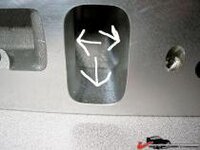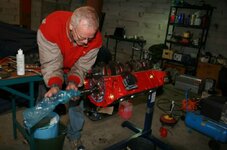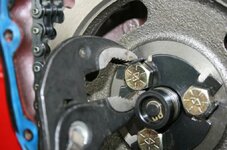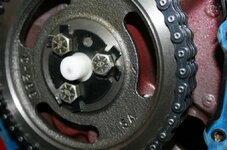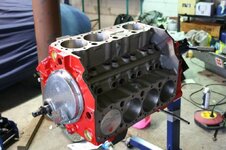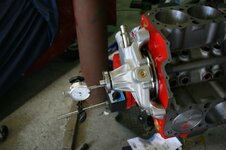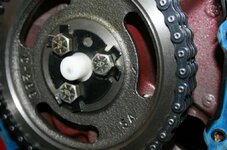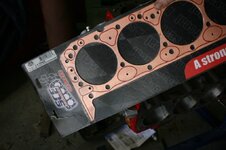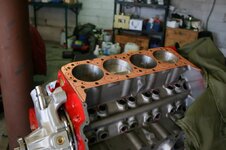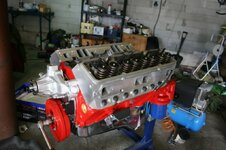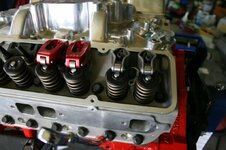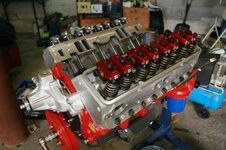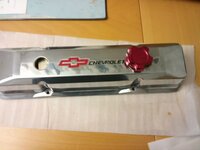Ozzy
Well-known member
Years ago in the Chem lab wing of a company I worked at, there was a Perkin Elmer Xray mass spec machine...they froze the sample in liquid nitrogen? and then pulled it out for shooting Xrays? and then looking at the readout, the machine was not very large, really, but the readout was across the monitor screen giving all that periodic table/density? element readout....
I would THINK something like that should be fairly common today, as I"m sure it was then....
thing is, just because ONE piece of metal from ONE head is say brand X, don't mean shit that the next one is....
:shocking::beer:
I worked in the aluminum industry for 30 years.
When a furnace of molten is ready to pour a sample is taken and sent to the lab for analysis.
They burn the aluminum alloy with an electric arc and read the gases with a Quantometer. A printout tells if it is in spec or out.
If needed, adjustments are made to the metal in the furnace and then subjected reanalysis.
Pure aluminum is almost useless for any type of fabrication, it is to soft. About the purest aluminum a consumer will come across is 1100, aluminum foil.
I always chuckle at the term "aircraft aluminum.
I have no idea what this magical metal is.
We made metal for all sorts of aircraft, including Cessna's, 747's C5's, F-18's, Airbuses, MD80's etc.
Not once did I ever see any of this metal spec'd as aircraft grade, type or any other term.
It was 6061t651 or whatever alloy and temper the aircraft builder ordered.
It was the same metal as any other metal of the same alloy and temper ordered by someone else to build say garbage compactors or whoozits.
Heck it may have even came out of the same pour in the furnace as that wing spar for the aircraft order.
There are about 1000 alloys of aluminum, many of which are a proprietary alloy.
The first digits are the alloy, the Txxx is the temper.
Remember the Quantometer?
All the aluminum companies have them.
Wonder what the competitors alloy is, simple - burn it..
The trick is how did they make that combination of alloys work.
That is the secret part and often very hard to replicate.

